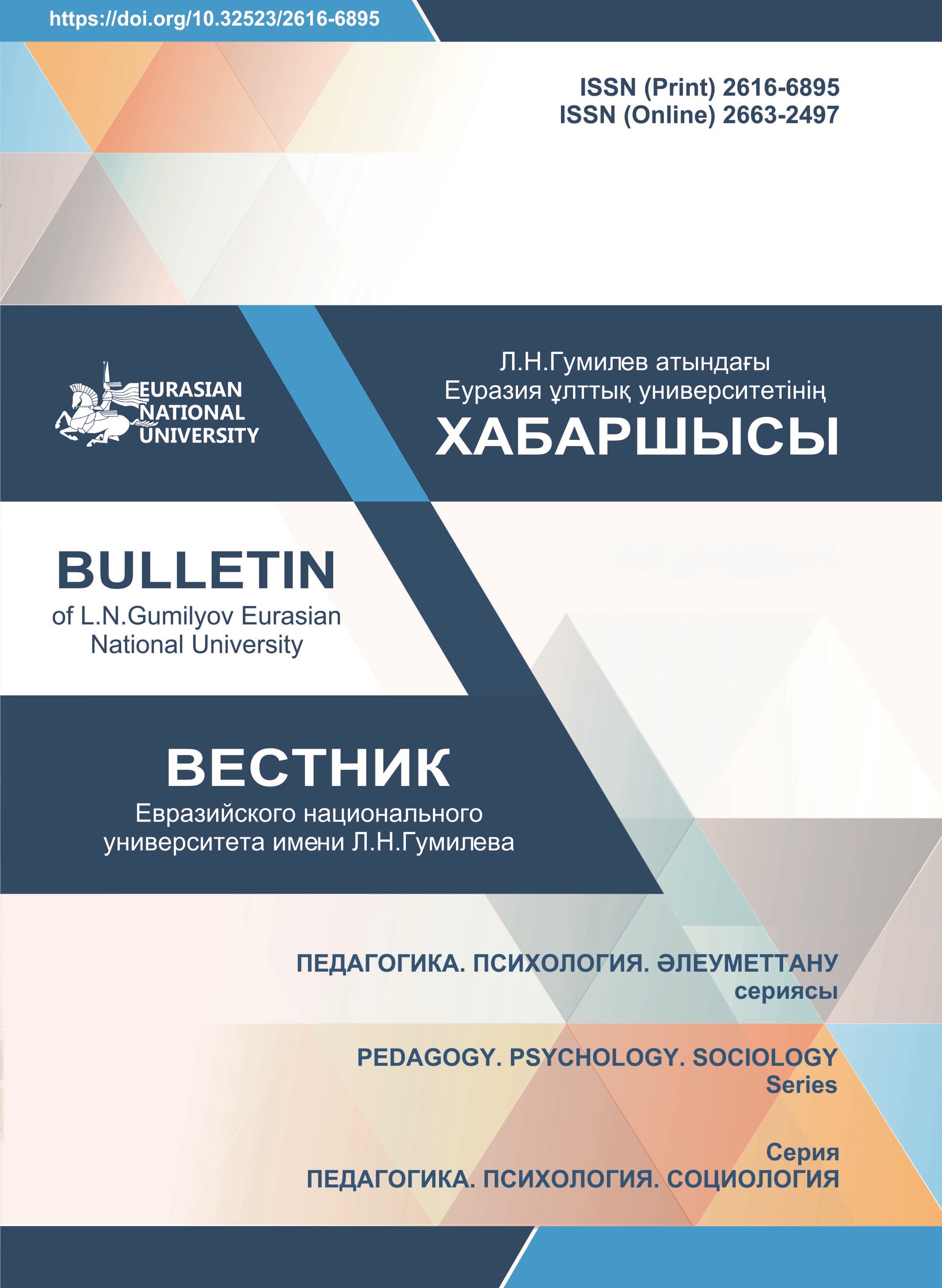Химия пәнін оқытуда интеграцияланған теориялық-практикалық оқыту тәсілін қолдану
Қаралымдар: 254 / PDF жүктеулері: 135
Кілт сөздер:
интеграциялық оқыту, инновациялық әдіс, теориялық білім мен практикалық дағды, пәнаралық байланыстар, пәнішілік байланыстар, танымдық мотивация.Аңдатпа
Қазіргі кездегі ғылыми еңбектерде интеграция ұғымы әртүрлі бағыттарда қолданылады. Педагогикалық ғылымдарда интеграция термині түрлі формада және түрлі мазмұндарда қолданылғаны белгілі. Педагогика- лық салада интеграция терминін қолданудың негізгі мақсаты - білім алушылардың теориялық білімін практикамен ұштастыру арқылы екі жақты білім алу, яғни оқыту және тәрбиелеу жұмыстарын бір ұстаным мен мазмұнның төңірегінде ұйымдастыру болып табылады. Мақалада химия пәнін оқытуда интеграцияланған оқыту әдісін қолданудың ерекшеліктері, артықшылықтары және білім алушыларға тигізетін пайдасы туралы айтылған. Бұл әдіс оқытудың заманауи әдісі болып табылады және оқушылардың өзін-өзі жетілдіруіне, шығармашылық қабілеттерін арттыруларына жәрдемдеседі. Қазіргі уақытта химия пәнін оқытуда жаратылыстану бағытындағы әртүрлі ғылымдардың жетістіктері, заттар және олардың химиялық өзгерістері жайлы білімді тереңірек қарастыруға көңіл бөлінгені дұрыс. Өйткені әртүрлі оқу пәндерінің өзара байланысы жүйелі білімді қалыптастырып, зертханалық тәжірибелерді орындау дағдысын жетілдіреді (Краевский В., Лернер И., Вик Р.А., Дамен, 1997 және т.б.). Теориялық-зертханалық интеграцияланған сабақтарда оқытудың жаңа кезеңі басталып, оқушылардың тереңірек білім алу мүмкіндіктеріне жол ашылады. Ұсынылып отырған ғылыми-әдістемелік жұмыста интеграциялық әдіспен сабақ өтудің ерекшеліктері, оны химия пәнінде қолданудың тиімділігі сауалнама арқылы тексерілді. Білім алушылардың пән бойынша меңгерген білім және дағды деңгейлерін анықтау мақсатында тест жұмыстары орындалды. Білімнің нәтижелілігіне байланысты зерттеу жүргізілетін сыныптарға интеграциялық оқыту әдісі қолданылып, оқытудың тиімділігі қорытындыланды.
Жүктеулер
Жарияланды
Дәйексөзді қалай келтіруге болады
Журналдың саны
Бөлім
Лицензия
Авторлық құқық (c) 2024 Л.Н. Гумилев атындағы Еуразия ұлттық университетінің хабаршысы. Педагогика. Психология. Социология сериясы

Бұл жұмыс Creative Commons Attribution-NonCommercial-NoDerivatives 4.0 Дүние жүзінде.







